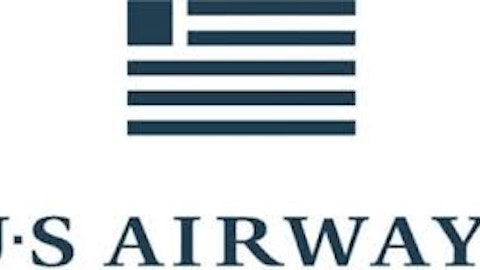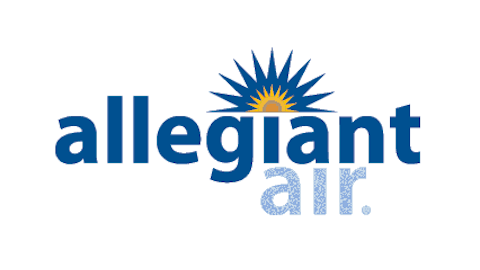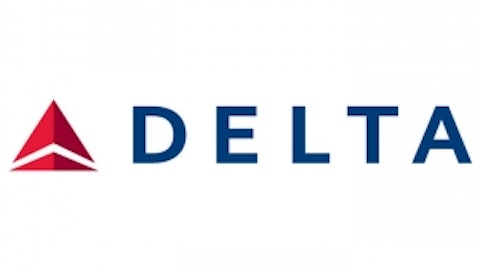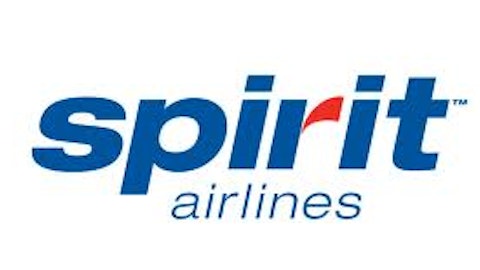Most major airlines report unit revenue statistics every month. It is a good idea for airline investors to pay attention to these reports, because unit revenue captures changes in load factor (the proportion of seats filled), and changes in yield (the price paid by fliers). Strong increases in unit revenue can offset normal cost increases and improve profitability, while weaker unit revenue often results in lower earnings.
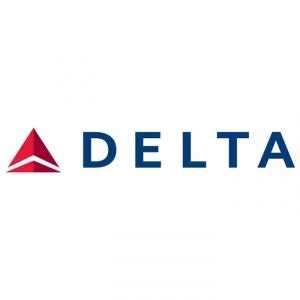
Unit Revenue Performance for Top Five U.S. Carriers
| Airline | Unit Revenue Increase |
| AMR | 3.1% |
| Delta Air LInes, Inc. (NYSE:DAL) | 5.5% |
| Southwest Airlines (NYSE:LUV) | 2% |
| United Continental (NYSE:UAL) | 3%-4% |
| US Airways (NYSE:LCC) | 3% |
Source: Company press releases
Delta continues its dominance
Delta has been the most consistent strong performer over the past two years. Once again, Delta led the industry by a comfortable margin last month, with a 5.5% unit revenue increase. Delta has benefited from stability, while American has gone through bankruptcy, and United and Southwest have faced merger integration hurdles. At the same time, Delta has bolstered its position in the critical New York market. Strong revenue increases have helped Delta offset significant cost increases over the past two years. Delta has implemented several cost-reduction initiatives that should stop cost growth in its tracks in the second half of 2013. If the company can maintain its revenue momentum, profit will spike in Q3 and Q4.
Merger integration is hard
Southwest and United Continental, by contrast, again reported weaker unit revenue growth than Delta. United and Continental merged in 2010, while Southwest bought AirTran in 2011; however, neither company has achieved merger-related “revenue synergies” yet.
Southwest has been operating AirTran as a separate subsidiary so far, and is just beginning to connect the two networks. Indeed, Southwest’s decision to dismantle AirTran’s Atlanta hub may be the cause of its recent underperformance; with fewer connection options, AirTran’s hub-and-spoke model does not work. The full connection of the Southwest and AirTran networks in the coming months could help Southwest regain some momentum. Investors should keep an eye on this.
United Continental has also seen its share of trouble recently. The company’s profit decline last year was a big disappointment insofar as management expected to see significant cost and revenue synergies. While the 3%-4% increase reported for January is not enough to fully offset recent cost increases, it is better than management’s original guidance for a 2.5% unit revenue gain.
Another merger ahead
The last two major airlines, AMR (American Airlines) and US Airways, announced a merger agreement on Wednesday afternoon. Recently, they have been in the middle of the pack in terms of unit revenue performance. If the experiences of United and Southwest are any indication, revenue synergies will not come quickly, and things could get worse before they get better. Delta’s continued strong revenue performance makes it the strongest investment candidate among the major airlines today.
The article Delta Continued Its Unit-Revenue Dominance in January originally appeared on Fool.com and is written by Adam Levine-Weinberg.
Fool contributor Adam Levine-Weinberg owns shares of Delta Air Lines and is short Mar 2013 $14 Calls on Delta Air Lines. Adam Levine-Weinberg is short shares of United Continental Holdings (NYSE:UAL). The Motley Fool recommends Southwest Airlines.
Copyright © 1995 – 2013 The Motley Fool, LLC. All rights reserved. The Motley Fool has a disclosure policy.
